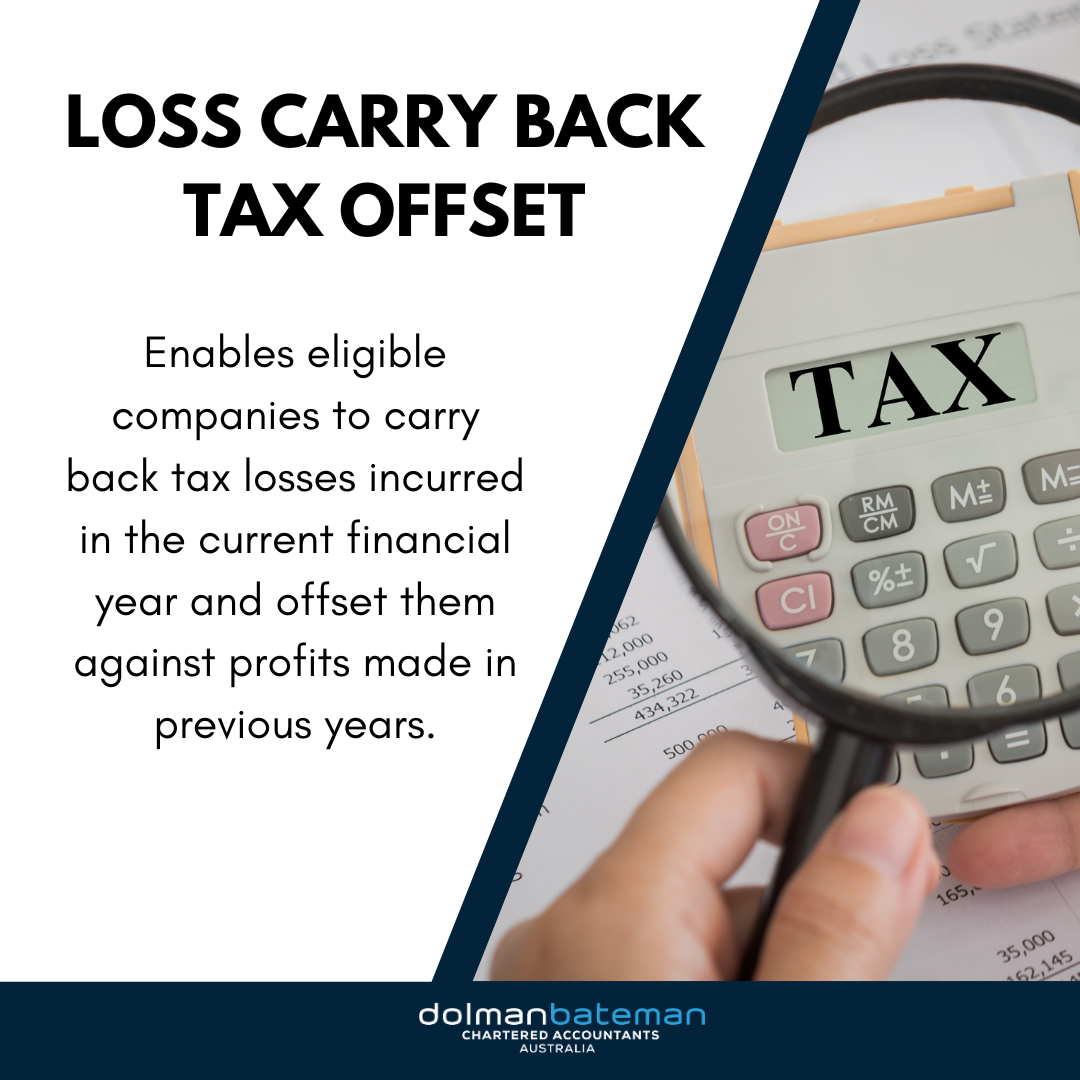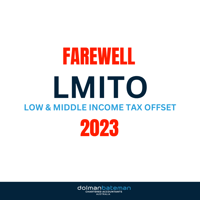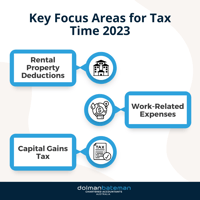Australians have become familiar with the term "LMITO" or Low & Middle Income Tax Offset. This tax...
The Sunsetting of the Loss Carry Back Tax Offset

In an effort to support businesses and foster economic recovery, the Australian government introduced the Loss Carry Back Tax Offset program, administered by the Australian Taxation Office (ATO). This initiative allows eligible businesses to offset their tax losses against previously paid taxes, thereby providing a much-needed financial boost during challenging times. However, as we approach the year 2023, ATO's Loss Carry Back Tax Offset is set to come to an end.
Understanding the Loss Carry Back Tax Offset
The Loss Carry Back Tax Offset scheme enables eligible companies to carry back tax losses incurred in the current financial year and offset them against profits made in previous years. In simpler terms, it allows businesses to receive a refund of tax previously paid when they have incurred losses in subsequent years.
Before the introduction of this scheme, businesses could only carry losses forward and deduct them against future profits. However, the Loss Carry Back Tax Offset provides immediate relief by offering a way for businesses to recover some of the tax paid in prior profitable years, reducing their current tax liability and improving cash flow.
Eligibility Criteria
To be eligible for the Loss Carry Back Tax Offset, businesses must meet certain criteria set by the ATO. The key requirements include:
Entity Type: The loss carry back tax offset is available to companies, corporate limited partnerships, and public trading trusts. However, partnerships, sole traders, and individuals are not eligible for this benefit.
Taxable Income: Entities must have a tax loss in the current year, as indicated by a negative taxable income. This loss can be carried back to offset taxable profits made in prior years.
Previous Taxable Profits: Eligible entities must have incurred taxable profits in the previous year(s) against which they can offset their current-year losses. The offset is calculated at the current year’s company tax rate and is limited to the amount of taxable profits in those years.
Lodgment Obligations: Entities must meet all their lodgment obligations, including timely submission of tax returns, activity statements, and other relevant documentation.
Claiming Tax Offsets
To make the choice to carry back losses and claim the tax offset, you will need to complete additional labels in your Company tax return for the 2020–21, 2021–22, or 2022–23 income years. These labels gather specific information to determine your eligibility and calculate the offset amount.
- Opening and Closing Franking Account Balance: You'll be required to provide your opening and closing franking account balance.
- Aggregated Turnover for Each Loss Year: To meet eligibility requirements and assist in shaping future business services and initiatives, you'll need to provide the aggregated turnover for each loss year. Aggregated turnover refers to the total annual turnover of your business and any affiliated entities. It helps establish your eligibility for the tax offset.
- Amount of Tax Losses Carried Back: Informing the ATO about the amounts of tax losses you wish to carry back.
- Tax Liability for the Carried Back Income Years: You'll need to report your tax liability for the income years to which you are carrying the losses back.
- Amounts of Unutilised Net Exempt Income: To calculate the tax offset, you must also provide the amounts of unutilised net exempt income for the income years you are carrying the losses back to. Common examples of Net Exempt income are the grants available during the pandemic that were deemed to be non-taxable.
In order to utilise the loss carry back tax offset, it is crucial to settle any remaining Income Tax liabilities from prior years before June 30, 2023 to ensure there are available franking credits for the tax offset.
Contact us to find out more about how to utilise loss carry back tax offset and whether your business is eligible. This blog has been prepared for the purposes of general information and guidance only. It should not be used for specific advice or used for formulating decisions under any circumstances. If you would like specific advice about your own personal circumstances, please feel free to contact us on 02 9411 5422. We can help make sure the right method is used to give you the maximum possible tax deduction associated with any of these methods.
This blog has been prepared for the purposes of general information and guidance only. It should not be used for specific advice or used for formulating decisions under any circumstances. If you would like specific advice about your own personal circumstances, please feel free to contact us on 02 9411 5422. We can help make sure the right method is used to give you the maximum possible tax deduction associated with any of these methods.



